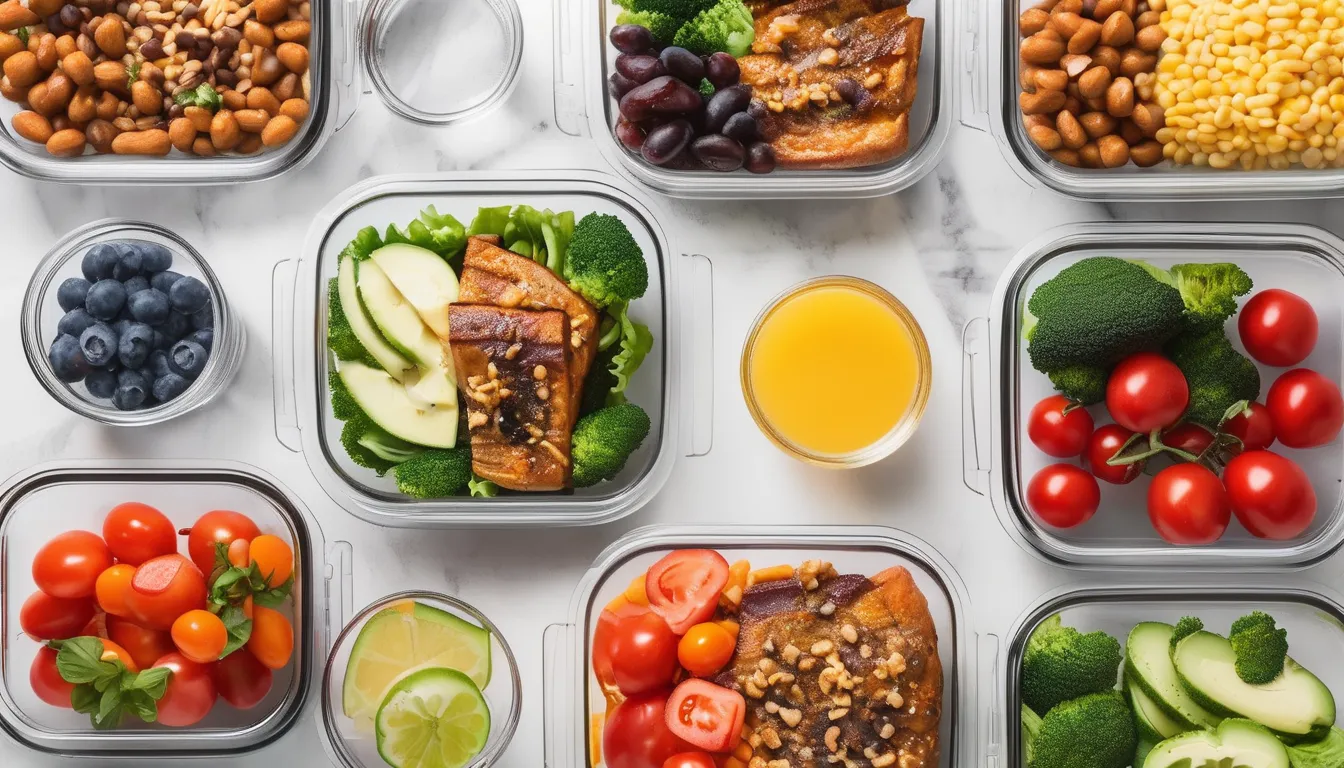
The Power of Balanced Diets: How to Craft a Nutrition Plan for Optimal Health
Discover how a balanced diet can be the key to achieving your health and fitness goals. Learn how to create a personalized nutrition plan that supports weight management, boosts energy levels, and promotes overall well-being.
A balanced diet is fundamental to achieving and maintaining optimal health and fitness. It’s not just about what you eat but how you combine different nutrients to support your body’s needs. Here’s how you can craft a balanced diet that aligns with your health goals:
1. Understand the Basics of a Balanced Diet
A balanced diet includes a variety of foods from all the major food groups: fruits, vegetables, grains, proteins, and dairy (or alternatives). The key is to ensure that you’re getting a well-rounded mix of nutrients from each group. A balanced plate typically consists of:
- Fruits and Vegetables: Aim for a colorful variety to maximize vitamins, minerals, and antioxidants.
- Whole Grains: Choose whole grains like brown rice, quinoa, and whole-wheat products for fiber and sustained energy.
- Proteins: Include lean proteins such as chicken, fish, legumes, and tofu to support muscle health and repair.
- Dairy or Alternatives: Opt for low-fat or non-dairy alternatives for calcium and vitamin D.
2. Portion Control and Meal Planning
Portion control is crucial for maintaining a balanced diet. Eating appropriate portions helps manage calorie intake and ensures that you’re getting the right balance of nutrients. Meal planning can simplify this process:
- Portion Sizes: Use guidelines to determine serving sizes for different food groups. For instance, a serving of protein should be about the size of your palm.
- Meal Prep: Plan your meals ahead of time to ensure a balanced intake throughout the day. Incorporate a mix of food groups into each meal to achieve balance.
3. Incorporate Healthy Fats
Healthy fats are an essential part of a balanced diet. They support brain function, hormone production, and overall cell health. Include sources of healthy fats such as:
- Avocados: Rich in monounsaturated fats and beneficial for heart health.
- Nuts and Seeds: Provide omega-3 fatty acids and support metabolic health.
- Olive Oil: A good source of monounsaturated fats, ideal for cooking and dressings.
4. Hydration is Key
Proper hydration is often overlooked but is a crucial element of a balanced diet. Water supports digestion, nutrient absorption, and overall bodily functions. Aim to drink:
- 8 Glasses a Day: This is a general guideline; individual needs may vary based on activity levels and climate.
- Herbal Teas and Infused Water: These can also contribute to your daily fluid intake while adding flavor without extra calories.
5. Balance Macronutrients
- Ensure that your diet includes a proper balance of macronutrients: carbohydrates, proteins, and fats. Each macronutrient plays a unique role in maintaining energy levels and supporting bodily functions:
- Carbohydrates: Provide energy for physical activity and brain function. Opt for complex carbs like whole grains and vegetables.
- Proteins: Support muscle repair and growth. Include a variety of protein sources in your diet.
- Fats: Help with nutrient absorption and hormone production. Focus on healthy fats rather than saturated or trans fats.
6. Monitor and Adjust
- A balanced diet isn’t static; it may need adjustments based on your health goals, activity levels, and any dietary restrictions. Regularly review your diet and make changes as needed:
- Track Your Intake: Use a food diary or app to monitor what you’re eating and make adjustments for better balance.
- Seek Professional Advice: Consult with a registered dietitian or nutritionist to tailor a diet plan to your specific needs and goals.
7. Enjoy Variety
- Eating a wide range of foods ensures that you get a broad spectrum of nutrients and keeps meals interesting. Experiment with new recipes, flavors, and cooking methods to make healthy eating enjoyable and sustainable.
Conclusion
- A balanced diet is essential for achieving optimal health and fitness. By understanding the components of a balanced diet, controlling portion sizes, incorporating healthy fats, and staying hydrated, you can create a nutrition plan that supports your overall well-being. Regularly monitoring and adjusting your diet ensures that it meets your changing needs and goals.
- Embrace the power of a balanced diet and make healthy eating a cornerstone of your lifestyle. By focusing on a varied and nutrient-rich diet, you can enhance your energy levels, support your fitness goals, and improve your overall health.



0 Comments